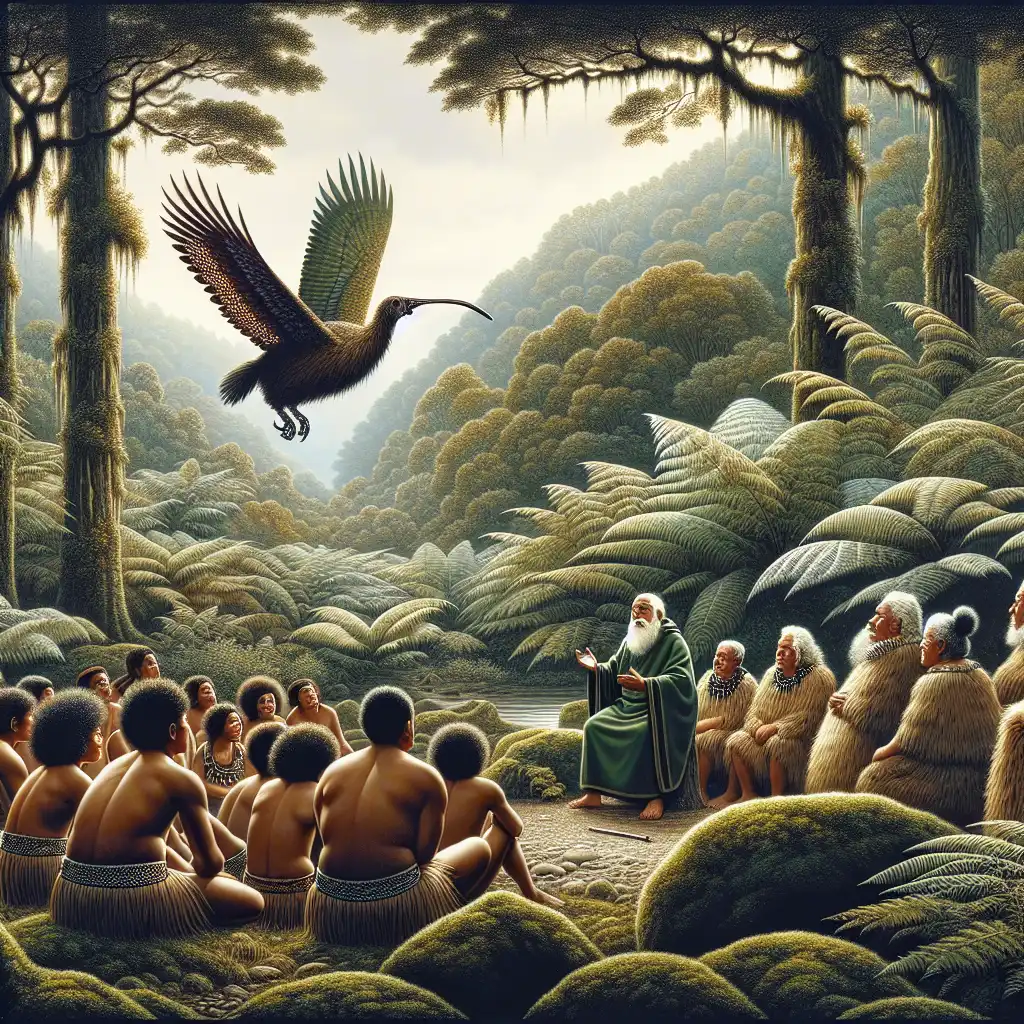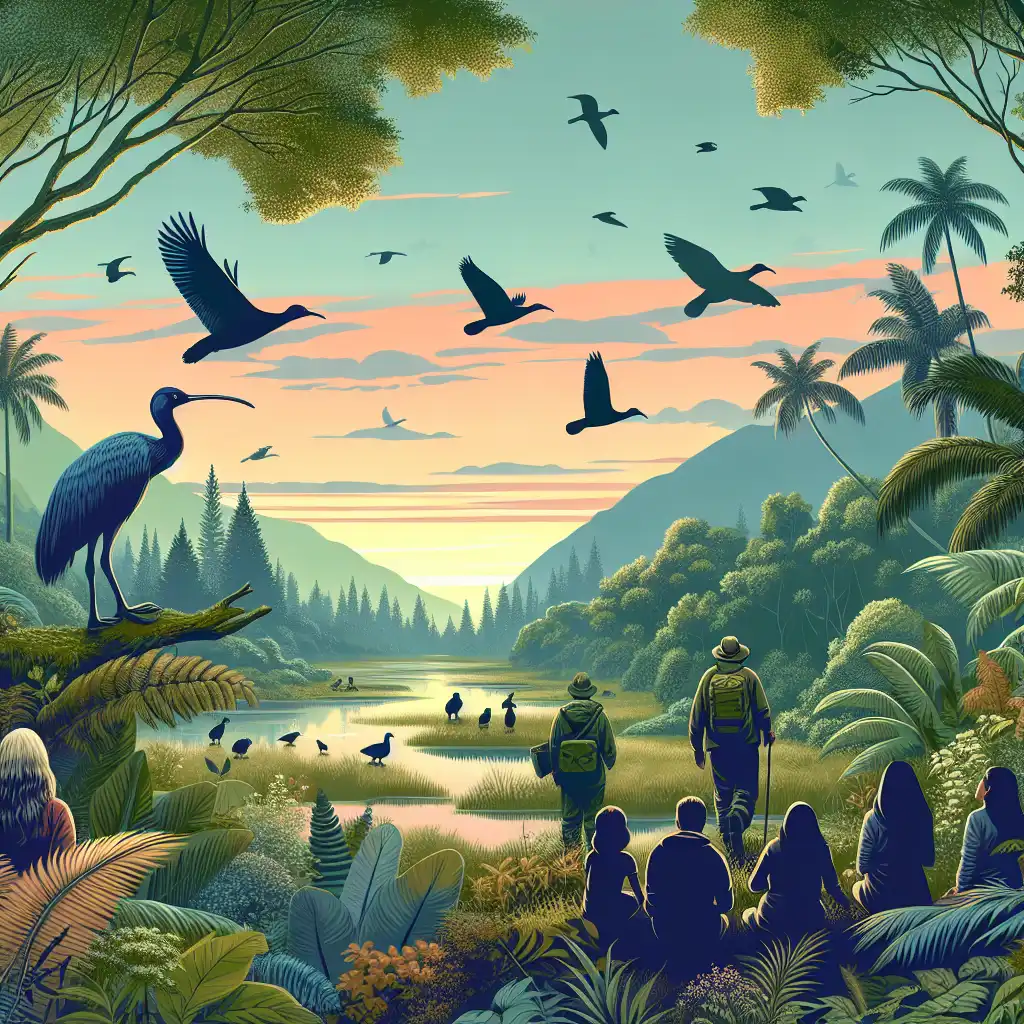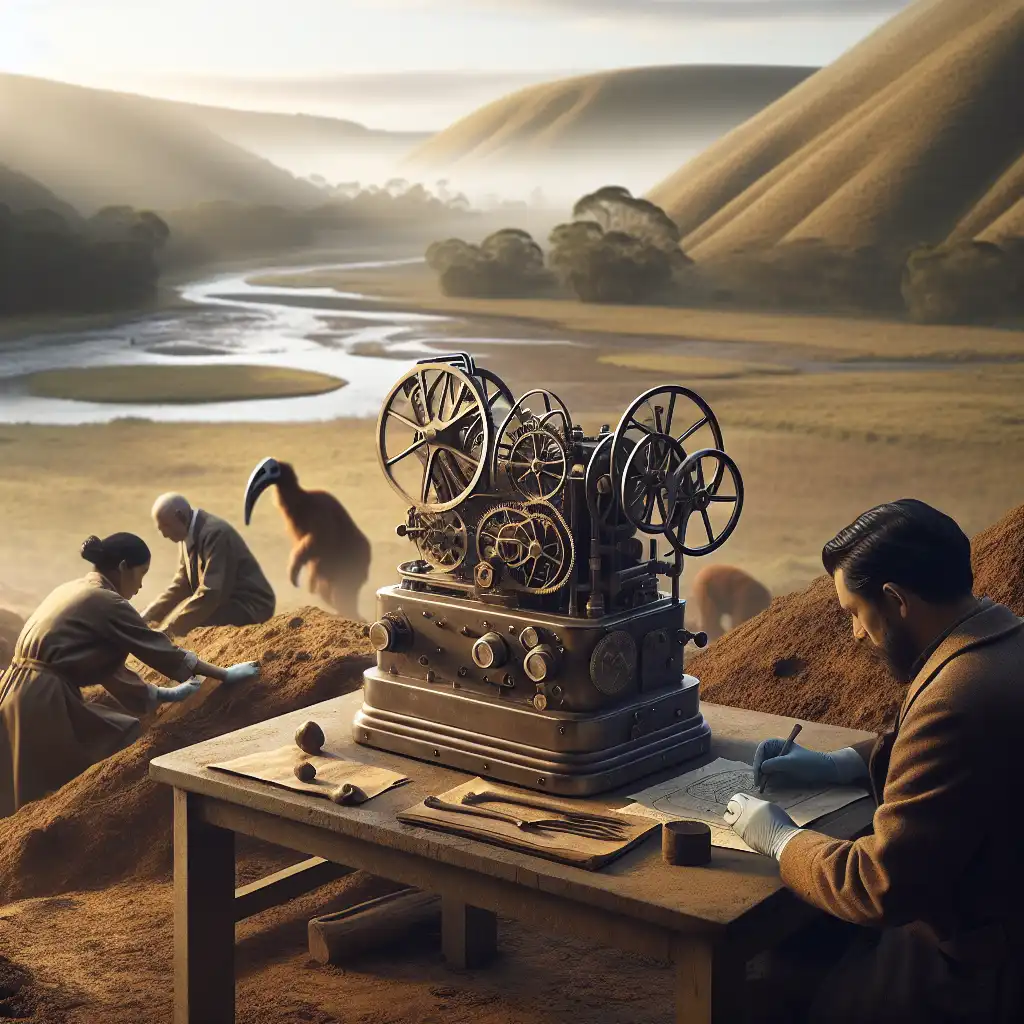
Moa
Historical Relevance
Moa refers to a part of New Zealand's unique natural history and is culturally significant to the region.  In Maori culture, the moa plays a role in many legends.
In Maori culture, the moa plays a role in many legends.
Extinction Context
Using 'moa' implies the subject is no longer found alive, reflecting the past tense nature of extinction.  Explorers once hunted the moa to extinction.
Explorers once hunted the moa to extinction.
Scientific Interest
Scientists study moa remains to learn about prehistoric wildlife and environments.  The moa bones were carbon-dated to determine their age.
The moa bones were carbon-dated to determine their age.